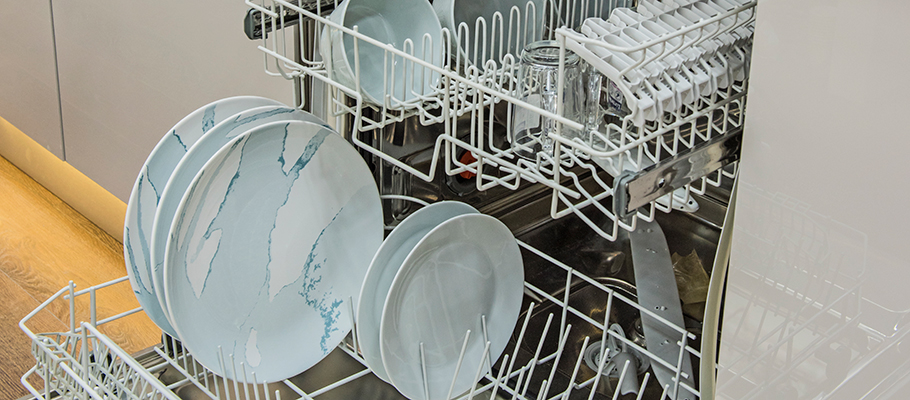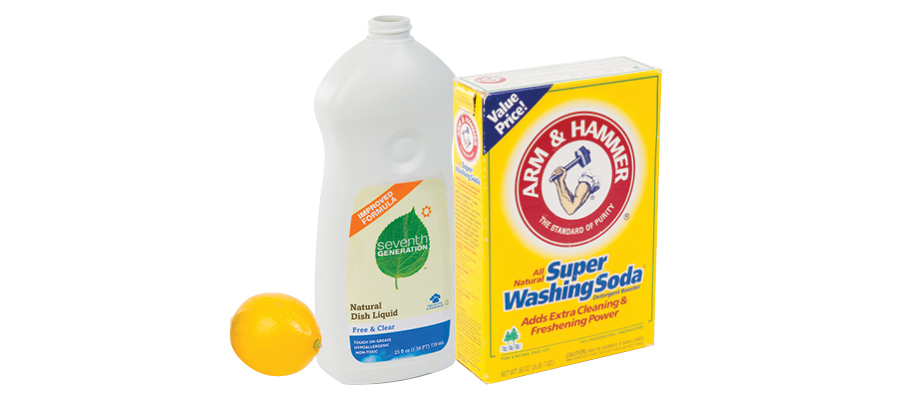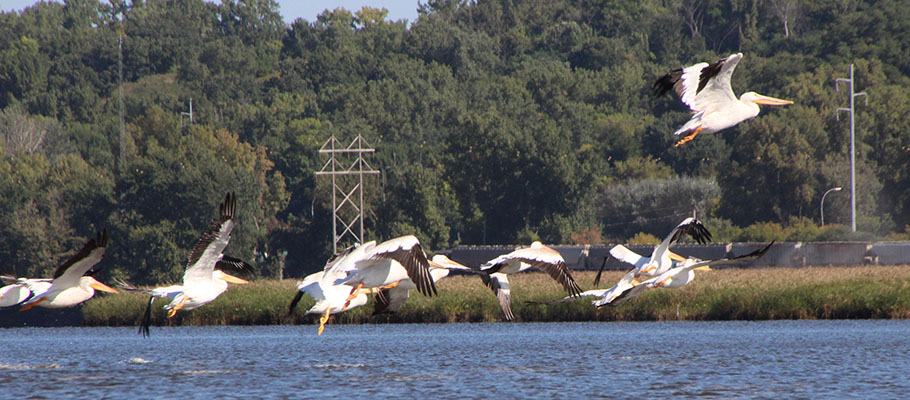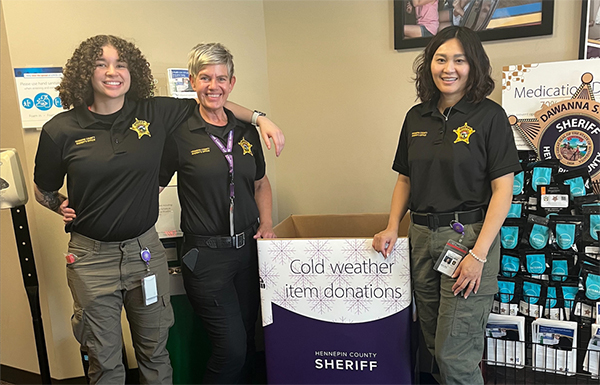
Water is the biggest resource you’re tapping when you wash dishes. For most Minnesotans, tap water comes from groundwater aquifers. If you live in or around Minneapolis, your tap water comes from the Mississippi River. Either way, it takes energy to clean the water, get it into your home, and heat it.
Respect that resource. Reduce your water usage when you wash dishes, which also reduces the amount of energy you use. Be thoughtful about what you’re putting in the water before it goes down the drain.
Here are dishwashing tips to reduce water usage and add non-toxic dish soap to your green routine.
Reduce water usage

Got a lot of dishes to wash? Dishwashers win over hand washing, according to the NRDC. You can use as little as three to six gallons per load rather than up to 27 gallons of water per load washing dishes by hand. ENERGY STAR, an independent evaluator that partners with the Environmental Protection Agency to certify products as energy efficient, rates dishwashers to help with purchasing decisions.
No dishwasher? You still have low-waste options. Fill the sink with the amount of warm water you need to wash all the dishes at once. Add a little dish soap (more on non-toxic cleaners below). Then rinse them, dish rack or towel dry, and you’re done.
More on dishwashers: Do you need to scrape your plate before putting it into the dishwasher? Absolutely. Scrape food scraps into the organics recycling bin. Do you need to rinse? Maybe. Modern dishwashers should be able to do the job without rinsing first. But hard-to-remove or dried on stuff usually need a spritz or soak first to get clean.
Use a non-toxic dish soap

You need dish soap to cut through the grease and grime. Read the label and look for non-antibacterial soaps—the compounds in antibacterial dish soap can be toxic and bad for the environment. There are third-party certifications to help with your purchases. Green Seal certification and U.S. EPA Safer Choice have listed and rated many of the common dish soaps on the shelves. The USDA Certified Biobased Product label means the product contains a verified amount of renewable biological ingredients.
You can make your own green cleaner for the dishwasher. Doing so helps you save money, minimize plastics and packaging. You have more control over minimum ingredient cleaners, and you know what’s in your cleaner. Find other green cleaning recipes here: Reducing hazardous chemicals in your home and green cleaning recipes (PDF).
Dishwasher soap recipe:
- ¼ cup washing soda
- 3 drops of non-antibacterial dish soap
- ¼ cup of lemon juice (optional)
Mix ingredients in a bowl and spoon into the dishwasher. This recipe will clean one load of dishes. Washing soda binds with the drops of dish soap – otherwise the dish soap would fill the dishwasher with foam.
Back to the Mississippi River

When you’re finished with the dishes, the soapy water washes down the drain along with everything you’ve put into it. The wastewater then gets piped over to the Metropolitan Wastewater Treatment plant at Pig’s Eye, St. Paul. The water is treated, cleaned, and then put back into the Mississippi River. The cleaner the water is when it arrives, the less resources it takes to restore it to the river. Honor that resource. You do have an impact on water conservation.
